Dextrose Size
Dextrose Market Growth Projections and Opportunities
The Dextrose market, a significant player in the sweetener industry, is shaped by various market factors that influence its growth and trends. One fundamental driver is the increasing demand for natural and healthier sweeteners in the food and beverage sector. Dextrose, a simple sugar derived from corn, is perceived as a more natural alternative to traditional sweeteners like refined sugar and high-fructose corn syrup. This growing awareness and preference for natural ingredients contribute to the rising popularity of dextrose in various food and beverage applications.
Furthermore, the global shift towards healthier lifestyles and dietary choices plays a pivotal role in influencing the Dextrose market. As consumers become more health-conscious, there is a heightened emphasis on reducing the intake of added sugars and adopting low-glycemic alternatives. Dextrose, with its relatively lower glycemic index compared to some other sweeteners, aligns with this health-conscious trend, making it a favorable choice for consumers seeking sweetness without compromising on health considerations.
The economic factor also plays a significant role in shaping the Dextrose market dynamics. The cost-effectiveness of dextrose production, often derived from corn, contributes to its widespread use in the food and beverage industry. Economic fluctuations, commodity prices, and production costs impact the pricing of dextrose, influencing its affordability for manufacturers and, subsequently, consumers. The market's resilience to economic changes and its ability to provide cost-effective sweetening solutions contribute to its sustained growth.
Moreover, the versatility of dextrose as a sweetener and its applications in various industries contribute to its market dynamics. Dextrose finds extensive use in the food and beverage sector, pharmaceuticals, and even in sports nutrition products. Its role in enhancing flavors, providing texture, and serving as a source of quick energy makes it a sought-after ingredient in diverse product formulations. The ability of dextrose to cater to a wide range of industries and applications contributes to its market stability and continued growth.
The regulatory landscape is another critical factor shaping the Dextrose market. Compliance with food safety regulations, labeling requirements, and quality standards is essential for manufacturers and suppliers in the dextrose industry. Adherence to these regulations not only ensures consumer safety but also builds trust in the product, contributing to its market acceptance. Changes in regulatory frameworks and evolving consumer preferences for clean label products also influence the market dynamics, requiring industry players to stay agile and adaptable.
Additionally, technological advancements in the production processes and formulation techniques impact the Dextrose market. Continuous innovations in enzymatic conversion, extraction methods, and purification processes contribute to the improvement of dextrose quality and efficiency. Technological advancements also enable manufacturers to explore new applications and product formulations, expanding the market reach of dextrose beyond traditional uses.
Competition within the sweetener industry is a crucial market factor influencing the Dextrose market. The presence of various sweeteners, both natural and artificial, requires dextrose manufacturers to differentiate their products through quality, price competitiveness, and innovative solutions. Strategic partnerships, mergers, and acquisitions within the industry also shape the competitive landscape, influencing market dynamics and the positioning of dextrose in the broader sweetener market.
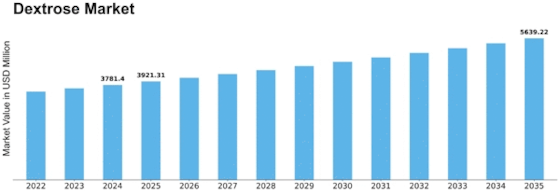

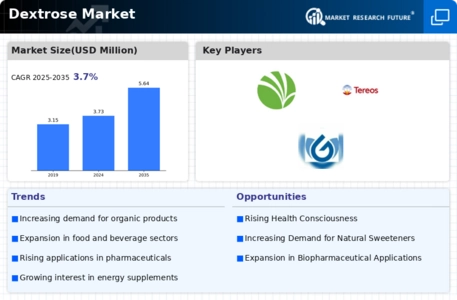


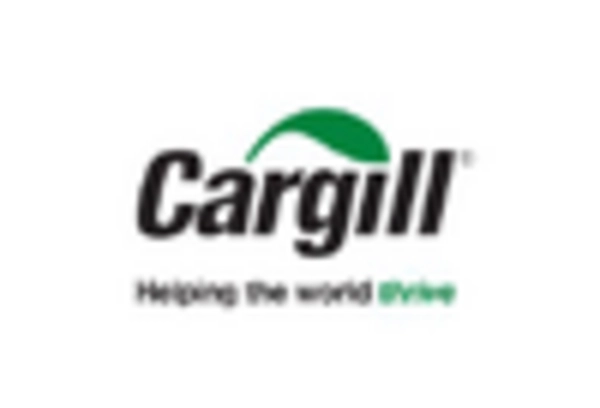

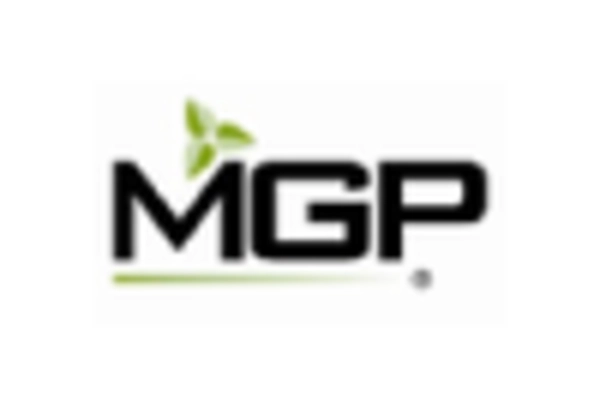

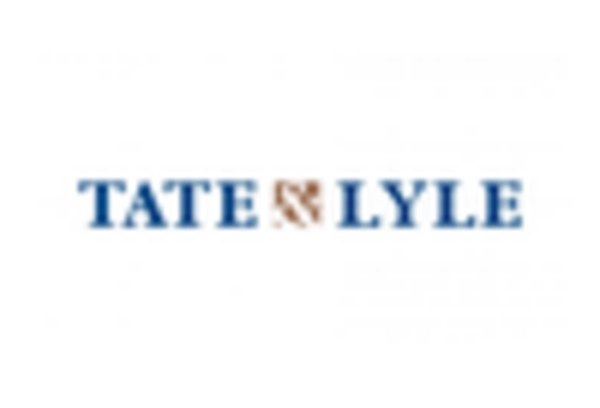

Leave a Comment